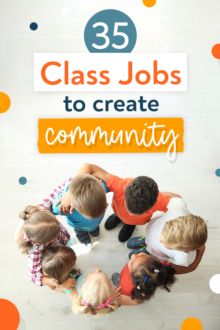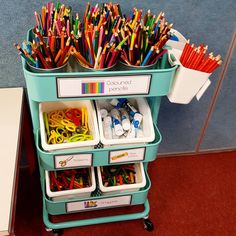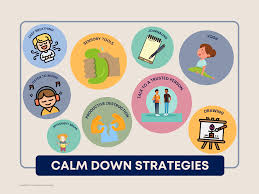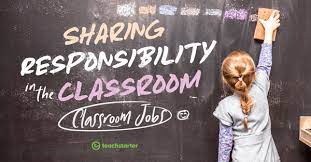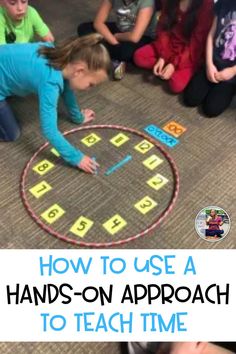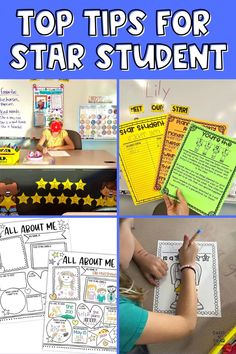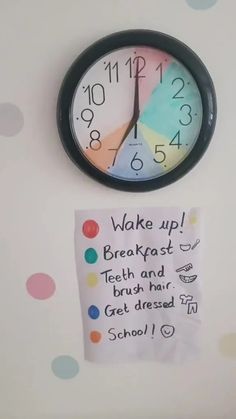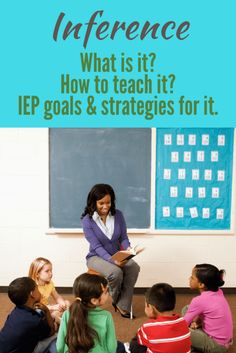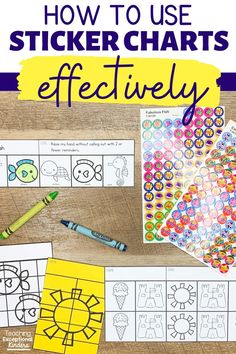In a world that increasingly demands collaboration and teamwork, fostering an environment where children can participate in shared responsibilities is paramount. One of the most effective ways to inculcate such values from an early stage is within the classroom setting. Classroom jobs are more than just daily tasks assigned to students; they are a cornerstone of educational philosophy that stresses community, cooperation, and personal development.
The incorporation of classroom jobs comes with a host of benefits. For starters, these roles can help students feel more connected to their learning environment. They provide a sense of ownership and pride in the maintenance and functionality of their shared space. When students are given roles such as librarian, tech helper, line leader, or plant caretaker, they undertake responsibilities that translate into real-world skills like management, delegation, and accountability.
Furthermore, classroom jobs can play a crucial role in teaching children about teamwork. By relying on each other to complete their tasks, students learn to trust and work with peers. This collective effort reinforces the idea that everyone’s contribution is valuable for the success of the group. It distills complex societal concepts into manageable, everyday actions within the safety of a classroom.
Classroom jobs also serve as a powerful tool for teaching time management and prioritization. Students quickly learn that they must balance their job duties with their academic responsibilities and personal playtime. This balancing act is not trivial; these are skills they will need as adults.
Another significant benefit is the opportunity classroom jobs provide for inclusive education. Responsibilities can be tailored to suit different abilities ensuring all students feel included regardless of their physical or cognitive capabilities. This inclusivity promotes empathy and understanding amongst classmates as they recognize and value diverse contributions.
Moreover, embracing shared responsibility through classroom jobs aids in developing a child’s self-esteem. When students complete tasks successfully, it reinforces their self-confidence and demonstrates that they can make positive contributions to their community. The praise and recognition received from teachers and peers alike bolster this belief.
Implementing classroom jobs requires careful consideration and planning by educators. They need to select appropriate tasks, explain them clearly, set expectations for quality and consistency, monitor progress without dominating the process, provide feedback, and rotate roles to give all students an opportunity to participate in various capacities.
In conclusion, classroom jobs are not merely chore lists; they are educational strategies with profound impacts on students’ personal growth. By sharing responsibilities in the classroom through designated jobs, we teach children more than just how to complete tasks; we mentor them on becoming cooperative, responsible members of society equipped with life skills that transcend academic learning. This hands-on approach imbibes essential values while enhancing day-to-day educational experiences—a win-win for educators aiming at holistic development.
